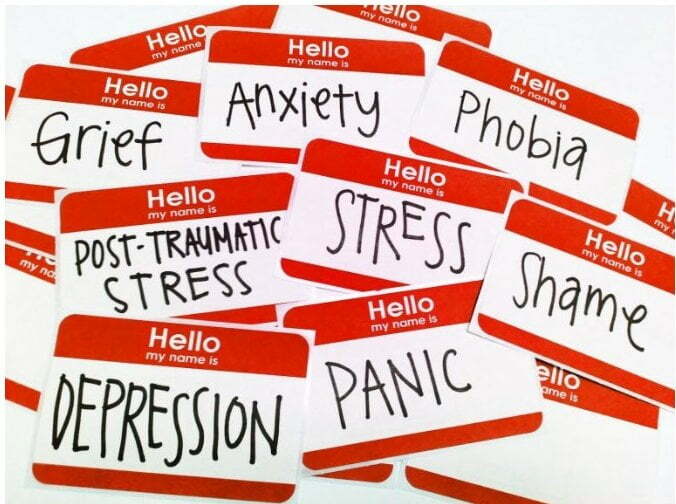Create an environment
free from bullying
and harassment


Blogs
How to Provide A Psychologically Safe Workplace
Most organisations have a serial bully. It never ceases to amaze me how one person’s divisive dysfunctional behaviour can permeate the entire organisation like a cancer.
Tim Field, bullyonline.org
Every business owner/manager has a responsibility to provide a safe workplace. In addition, that safety extends to the psychological climate of the work environment.
Bullying, intimidation and harassment is harmful to employee health, ethically irresponsible and often illegal. However, it continues to happen because there isn’t enough awareness of how to address the problem or a ‘hope-it-goes-away-by-itself’ approach by management.
What does it mean to provide a psychologically safe workplace? It means establishing positive and supportive leadership.
Giving your managers and staff the skills, strategies and information they need to prevent bullying and understand its causes and effects. It means efficiently dealing with incidents when they occur.
Also, it means being aware of the extremely negative effects that a toxic work environment can have on staff well-being. It means knowing how much time and money it costs the business.
Emotional turmoil, uncertainty and fear lead to reduced productivity, more absenteeism and more presenteeism (where your employees are physically present but far less functional because of workplace stresses).
Having a solid safety record with machinery or a low employee accident rate is great. But how many of your people are taking stress leave, filing worker’s compensation claims for ‘psychological injury’?
How many are coming to you with complaints about negative behaviours or can’t stand being around their immediate supervisor?
The Importance Of Workplace Mental Health
According to Safe Work Australia—each year, over 7000 Australians are compensated for work-associated mental health conditions, also known as psychological injuries.
These mental health issues account for around 6% of all worker’s compensation claims, to the tune of about $540 million in payouts.
In a workplace, all sorts of things can affect an employee’s mental health:
- Work in a remote area
- Excessively high or excessively low job demand
- Insufficient clarity about the role
- Poor support
- Lack of appropriate organisational justice
- Poor environmental conditions
- Traumatic or violent events
- Unsatisfactory workplace relationships
- Bad management of organisational change
High levels of long-term stress in a workplace can cause physical or psychological injury.
This can lead to unplanned absences, including sick leave. It also leads to reduced work quality, translating to poorer product quality. Moreover, it can result to increased turnover of staff and employee withdrawal and presenteeism.
Bullying scenarios offer a prime example of how a person can be physically present at work but ‘not all there’ due to the ongoing harassment. The bully is less productive too, with more energy spent on negative emotions and devious schemes.
What Actions Can You Take Against Workplace Bullying?
If your staff don’t feel empowered to address negative behaviours, workplace bullying can quickly gain a foothold.
Being a good manager means taking ownership of the workplace climate. It also entails ensuring that everyone is on the same zero-tolerance page with bullying.
It’s not enough to know that ‘something should be done’—you must also know exactly what to do.
If you’ve looked into a behavioural incident at work and the facts confirm that bullying has occurred, you’ll need to decide on the action to take as a manager. This might include:
- Insisting that the bully apologise to their target(s).
- Issuing an official reprimand.
- Providing counselling or anti-bullying training to the perpetrator.
- Closely monitoring the bully’s conduct—be alert for possible retaliation).
- Clearly explaining the negative social, financial and reputation impacts that the bully’s behaviour causes the business. Including how it affects the entire organisation, not just the target.
- Imposing the threat of termination if negative behaviours continue—and following through if necessary.
- Organising an external investigation if warranted.
- Doing everything you can to support the target’s health, safety and well-being. Including, if necessary, directing them to outside support agencies or organisations. This support should also extend to witnesses, who may also be adversely affected by bullying incidents.
- Encouraging change to the overall workplace culture by becoming a trusted and assertive anti-bullying advocate.
- Taking a hard look at your own management style. Is it making the work climate better or worse in relation to staff loyalty, enthusiasm and trust?
Managers are in a prime position to become the ultimate upstanders.
Upstanders are helpful bystanders who stand up and do the right thing when they see something wrong in the workplace. Employees look to them for the trusted leadership that ensures bullying complaints are heard, promptly acted upon and learned from.
But knowing how to prevent bullying and how to deal with incidents as they arise isn’t a natural talent. Managers benefit from being professionally trained in practical anti-bullying strategies and techniques that work in the real world.
Bullyology® is passionate about raising awareness on the effects of bullying and helping people break the silence. If you would like to book us for a training course or speaking event, please get in touch.
Please share with like-minded colleagues who can benefit from our insights and get social with us.

